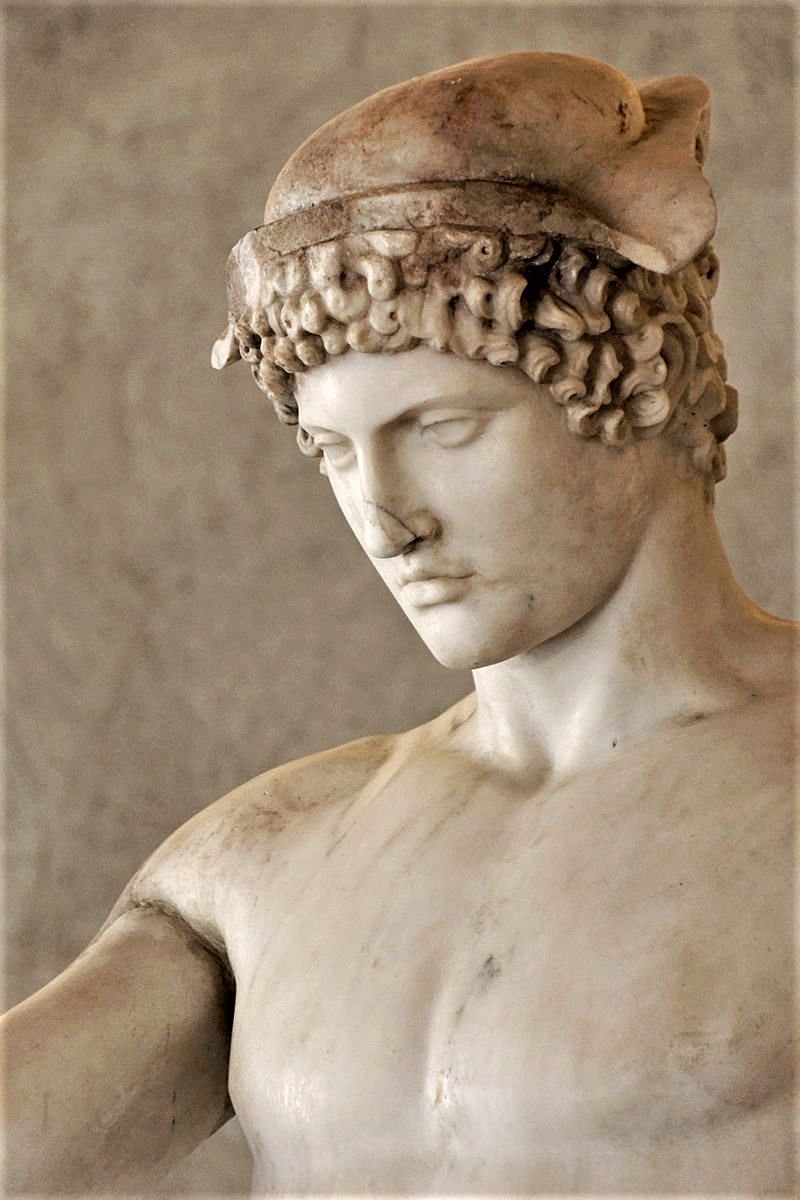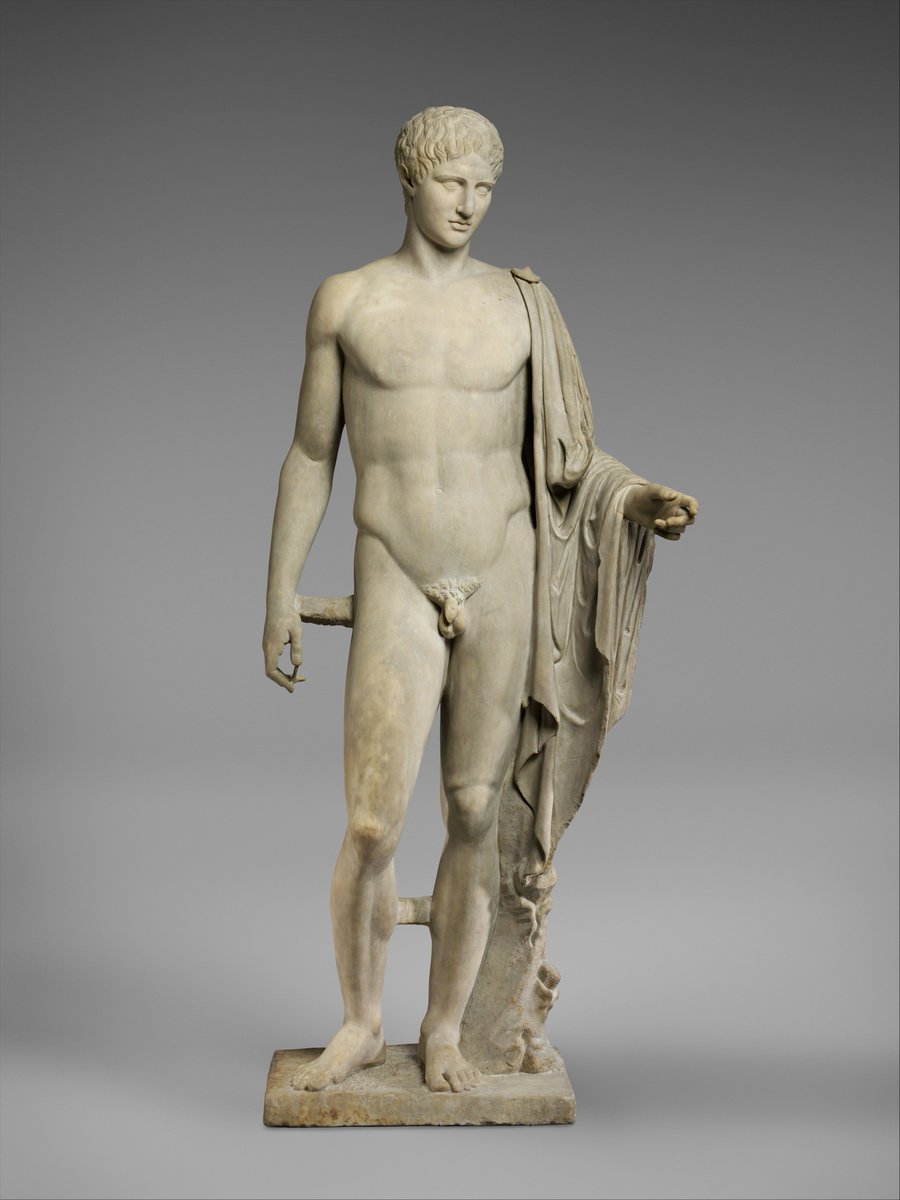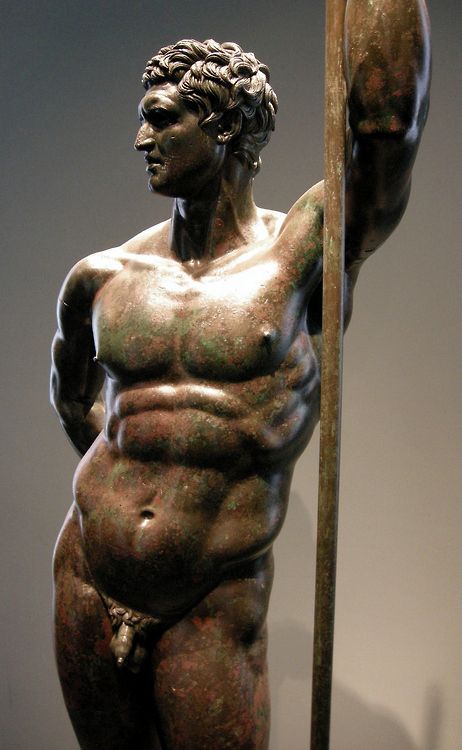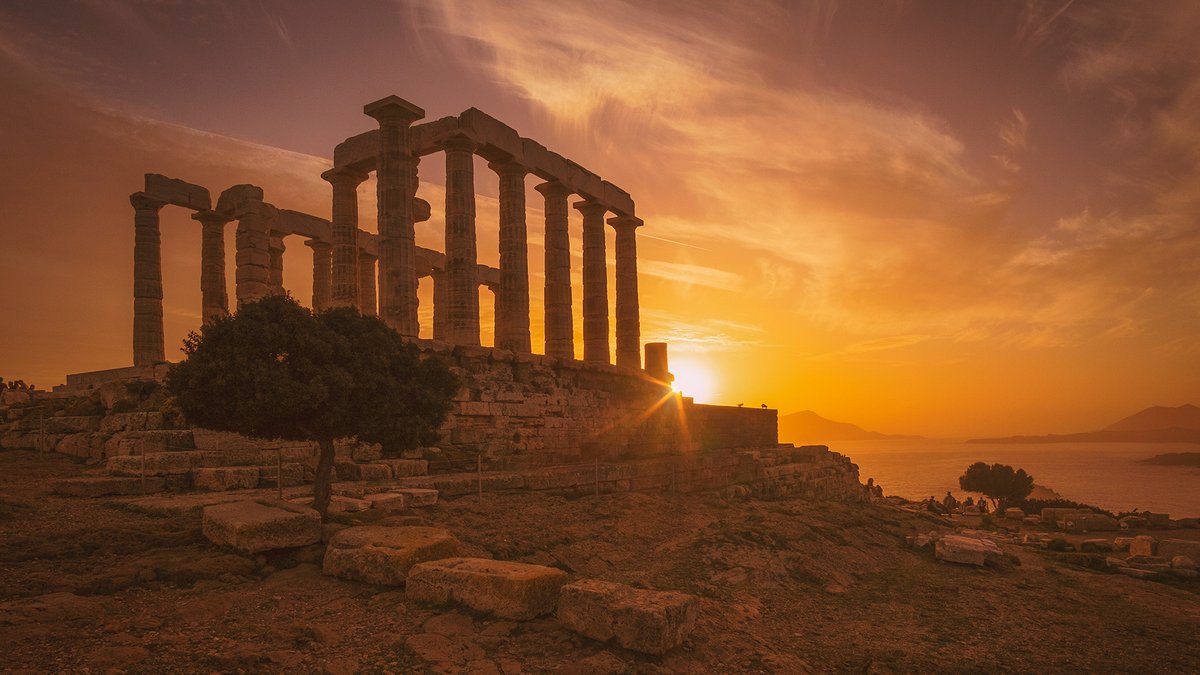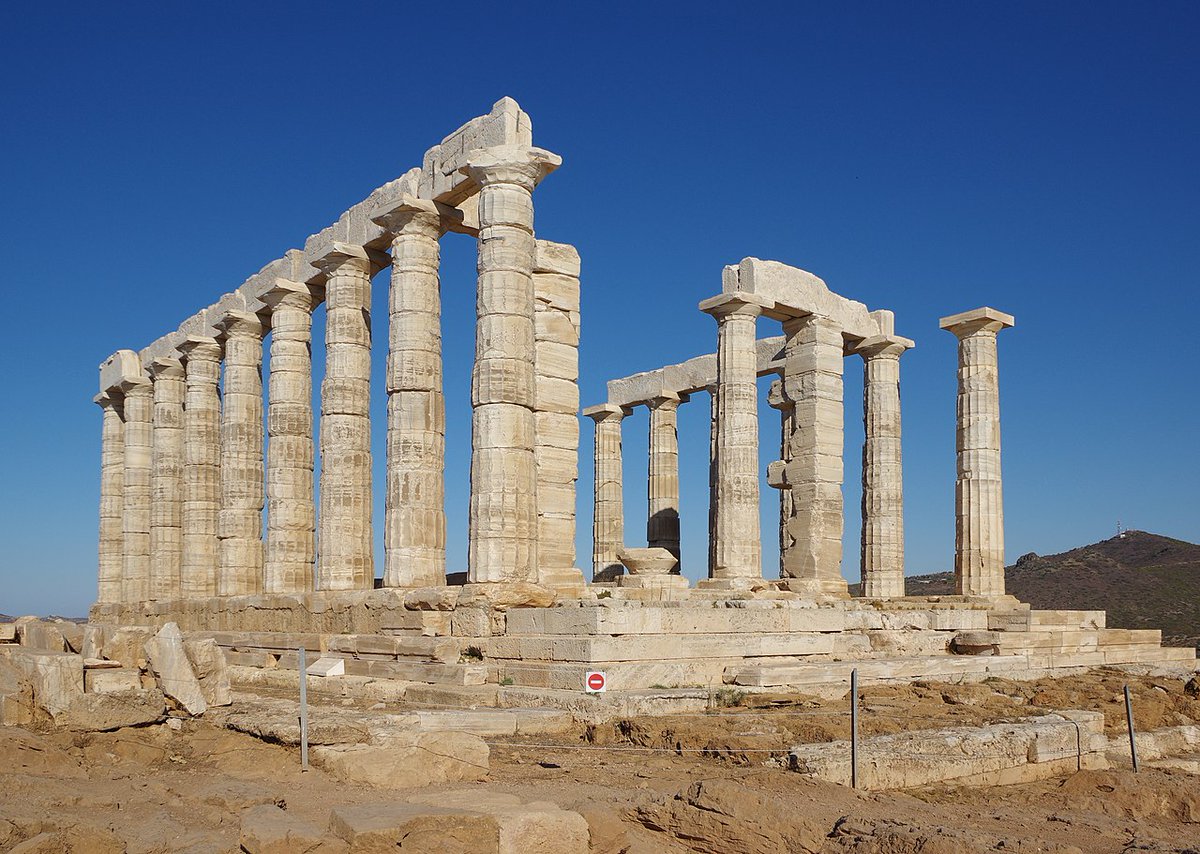
#RomanSiteSaturday - The Mausoleum of Hadrian 🏛️💀🏰
(1/7) Hadrian's Mausoleum, more commonly known today as Castel Sant'Angelo, is a stunning cylindrical building on the northern bank of the River Tiber in Rome, Italy.
#Classics #Archaeology #Hadrian #Rome #History
(1/7) Hadrian's Mausoleum, more commonly known today as Castel Sant'Angelo, is a stunning cylindrical building on the northern bank of the River Tiber in Rome, Italy.
#Classics #Archaeology #Hadrian #Rome #History

(2/7) The construction of this towering mausoleum began in the 120's CE, and it was not quite complete when Hadrian died aged 63 in 138. It was finished the following year by Antoninus Pius, and saw most of the Antonine and Severan imperial families deposited there. 

(3/7) Stylistically, Hadrian's Mausoleum was a potent symbol of imperial power. Separated from much of the city across the Tiber, it was encased in white Italian luna marble, with an elaborate cornice and decorated friezes. It was topped with a garden and a golden quadriga. 



(4/7) By the 3rd century CE, it was incorporated into the flood defences of the Tiber, and c. 401 the building was converted to a fortress, being gutted and heavily damaged. In 410, the Visigoths scattered the ashes held within and a siege in 537 destroyed much of its decoration. 



(5/7) Deriving its modern name, Castel Sant'Angelo, from the apparent appearance of the Archangel Michael above the site in 590 CE, it later became a Papal fortification in the 14th century. Much of the upper levels of the structure were added between the 13th - 16th centuries. 



(6/7) The mausoleum proved a successful fortification, most notably defending Pope Clement VII during Charles V's Sack of #Rome in 1527. Gradually refitted and restored as a thoroughly #Christian site, it saw alternating use as a chapel, prison and Papal apartments. 

(7/7) Today, the site is an incredibly popular tourist attraction. With a commanding view of the Tiber and Rome itself, its lower levels still retain much of the Hadrianic burial chamber, whilst also featuring Papal apartments and Renaissance decoration. 



@threadreaderapp Unroll please!
• • •
Missing some Tweet in this thread? You can try to
force a refresh









